ITU T Y.QKDN_frint "Framework for integration of QKDN and secure network infrastructures" - DRAFT
ITU T Y.QKDN_frint "Framework for integration of QKDN and secure network infrastructures"

ITU T Y.QKDN_frint "Framework for integration of QKDN and secure network infrastructures"

Y.QKDN_BM: "Business role-based models in Quantum Key Distribution Network"

This standard defines the Software-Defined Quantum Communication (SDQC) protocol that enables configuration of quantum endpoints in a communication network in order to dynamically create, modify, or remove quantum protocols or applications. This protocol resides at the application layer and communicates over Transmission Control Protocol/Internet Protocol. The protocol design facilitates future integration with Software-Defined Networking and Open Networking Foundation OpenFlow. The standard defines a set of quantum device configuration commands that control the transmission, reception, and operation of quantum states. These device commands contain parameters that describe quantum state preparation, measurement, and readout.

The objective of this Recommendation is to provide guidance on security requirements for trusted nodes in QKD networks. This Recommendation will identify the security threats and provide security requirements of trusted node, as well as some implementation examples to meet the requirements.
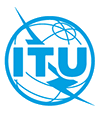
Recommendation ITU-T X.1712 specifies security threats and security requirements for key management in quantum key distribution networks (QKDNs), and then it specifies security measures of key management to meet the security requirements. This Recommendation provides support for design, implementation, and operation of key management in QKDN with approved security.
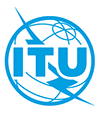
For quantum key distribution networks (QKDN), Recommendation ITU-T X.sec_QKDN_intrq specifies security requirements for integration of QKDN with various user networks (e.g., storage, cloud, sensor, content, etc.).
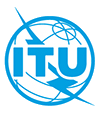
Information technology security techniques — Security requirements, test and evaluation methods for quantum key distribution — Part 2: Evaluation and testing methods
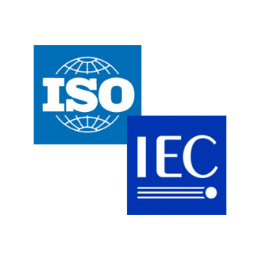
Information technology security techniques — Security requirements, test and evaluation methods for quantum key distribution — Part 1: Requirements
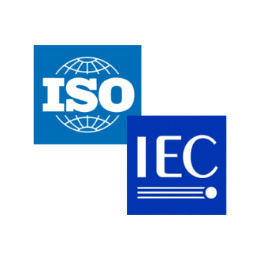
The present document specifies protection of QKD modules against Trojan horse attacks launched against a time-varying phase, polarisation or intensity modulator that encodes or decodes at least one of bit values, basis values or the intensities of signal, decoy or vacuum states from the quantum channel.
To realize secure, stable, efficient, and robust operations of and services by a quantum key distribution (QKD) network as well as to manage a QKD network (QKDN) as a whole and support user network management, Recommendation ITU-T Y.3804 specifies functions and procedures for QKDN control and management based on the requirements specified in Recommendation ITU-T Y.3801.
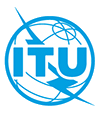
Recommendation ITU-T Y.3803 provides help for the design, deployment, and operation of key management of a quantum key distribution network (QKDN).
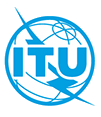
Recommendation ITU-T Y.3802 defines a functional architecture model of quantum key distribution (QKD) networks. In order to realize this model, it specifies detailed functional elements and reference points, architectural configurations and basic operational procedures of QKD networks (QKDN).
